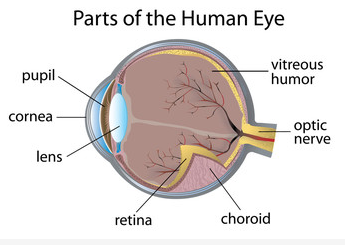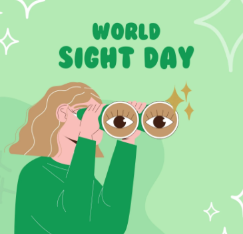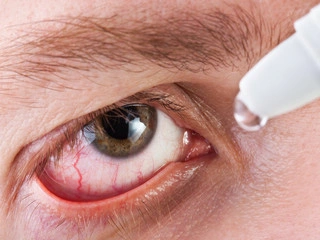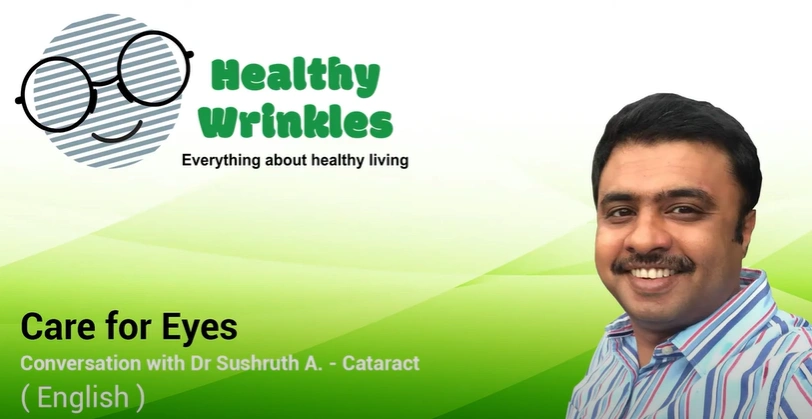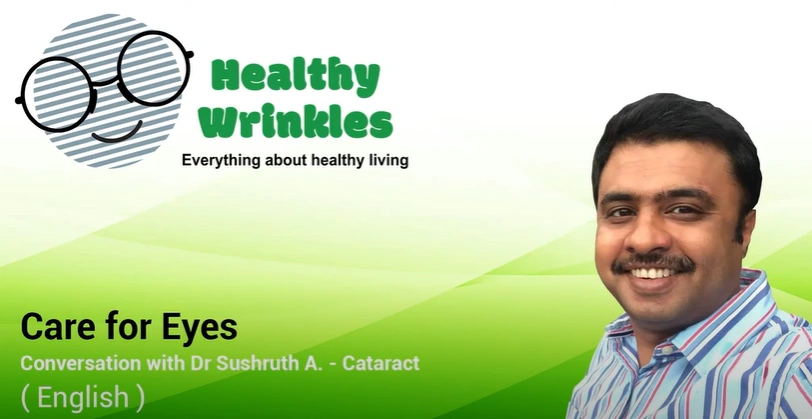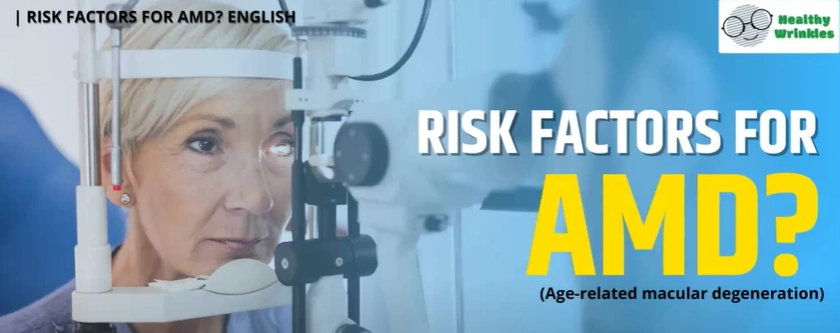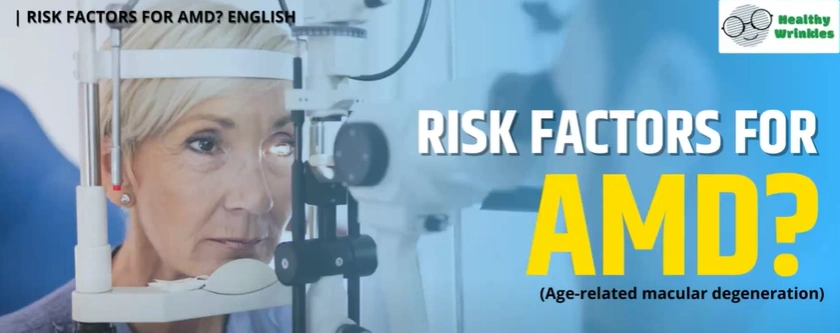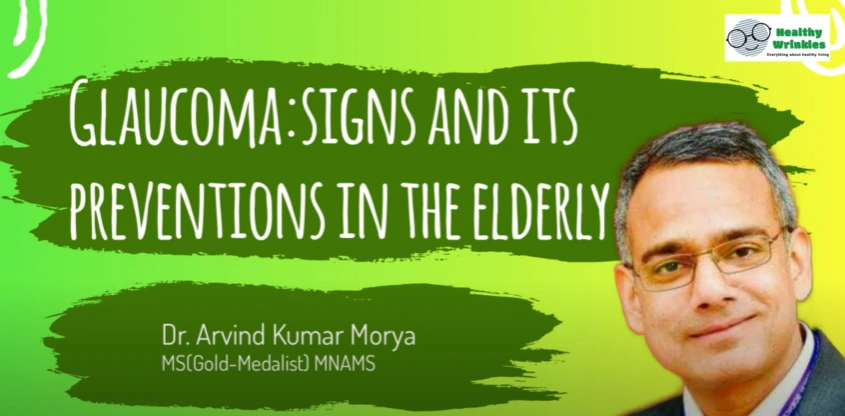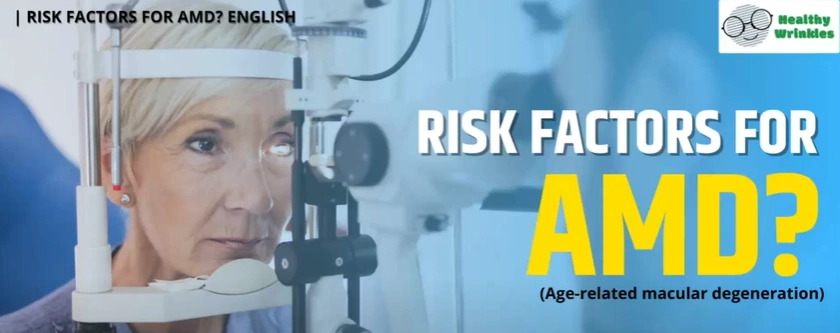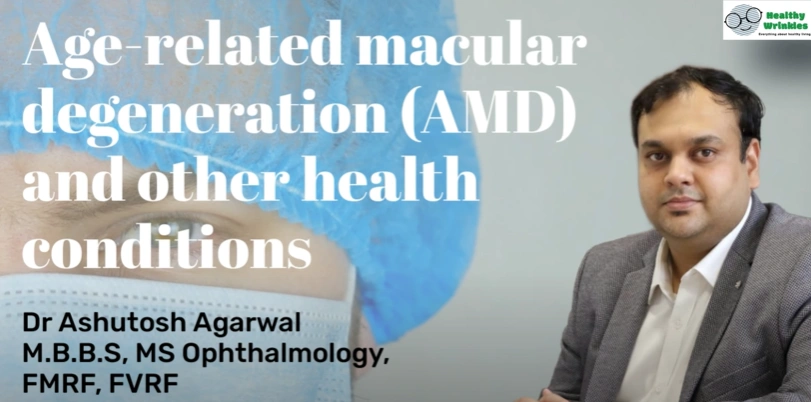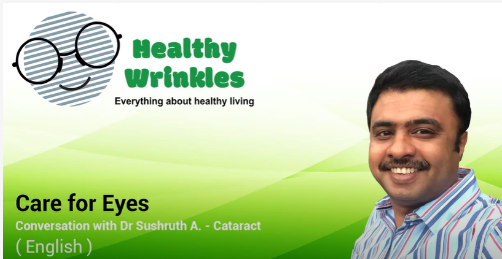Cataract - Eye care for the Elderly
24-06-24
Dr Sushruth Appajigowda, Cataract and Refractive Surgery Consultant and CEO at Vijaya Nethralaya Superspeciality Eye Hospital, in a conversation with Healthy Wrinkles, explains Cataract - Eye Care for the Elderly. In today's article, we'll shed light on cataracts, a common eye condition that can obscure your vision, just like dust on a windowpane.
Think of your eyes as the windows to your soul, and when a cataract develops, it's like a layer of dust hindering your view. Watch our curated YouTube playlist to learn more about eye care for the elderly.
What is a Cataract?
A cataract is the clouding of the eye's natural crystalline lens, akin to a camera lens. Just as a camera lens transmits light to focus on the film or sensor, the eye's lens transmits light rays from the environment, allowing them to converge on the retina. This process enables us to see the world. Learn more about the common eye problems in elderly population.
The Parallel with a Windowpane:
Imagine your eye's natural lens as a clear glass window. When the glass loses its transparency, it becomes challenging to see through it. Similarly, when cataracts form in the eye, our vision becomes progressively blurred. Cataracts develop slowly and can occur in one or both eyes.
How Cataracts Impact Vision:
1. Reduced Clarity: The initial symptoms of cataracts often manifest as hazy or cloudy vision. You may notice decreased sharpness and clarity, making daily tasks more challenging.
2. Altered Color Perception: Cataracts can cause a noticeable shift in color perception. Colors may appear faded or yellowed, affecting your ability to distinguish hues accurately.
3. Glare Sensitivity: Individuals with cataracts may become more sensitive to glare, especially in bright sunlight or when driving at night. This can lead to discomfort and reduced visual acuity.
4. Difficulty with Night Vision: Cataracts can make it harder to see in low-light conditions, resulting in difficulties while driving or navigating the dark.
Treatment Options:
Fortunately, cataracts are treatable. The most common approach is cataract surgery, during which the clouded lens is replaced with a clear artificial lens. This procedure is highly effective, with a low risk of complications. Read more about the role of geriatricians in managing chronic health conditions.
Conclusion:
Cataracts can be compared to dust accumulating on a windowpane, obstructing your view of the world. Understanding this eye condition is the first step towards regaining your clear vision and improving your quality of life. If you or a loved one is experiencing symptoms of cataracts, consult an eye care professional for a comprehensive evaluation and treatment options. Don't let cataracts cloud your vision—take steps towards clearer, brighter days ahead.
Whether you are searching for informative articles, or looking for healthcare providers, Healthy Wrinkles is an excellent resource for all your senior care needs. We also have a great compilation of all the medical expert talks for healthy aging on Healthy Wrinkle YouTube channel.
"Join the cause and make a difference in a senior's life - share your knowledge about local senior care resources today!"
Disclaimer: Healthy Wrinkles does not recommend or offer any medical diagnosis, treatment, or advice. The information provided here is only for the awareness of disease or ailment among individuals, caregivers, and the public. The advice of doctors, licensed professionals, or therapists who are knowledgeable about your particular situation should always be sought before using the information provided here. It should also not be used in the event of a medical emergency or for the diagnosis or treatment of any medical condition. If you want urgent assistance, contact a qualified medical professional. Additionally, the information represents the author's views and not those of Healthy Wrinkles.

